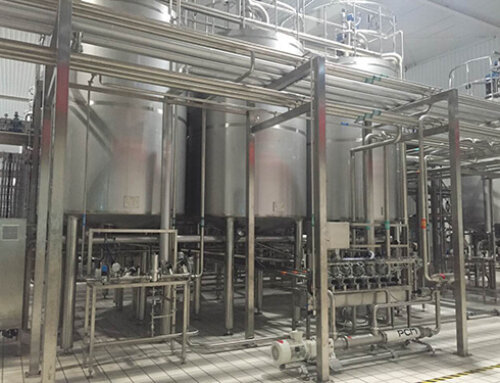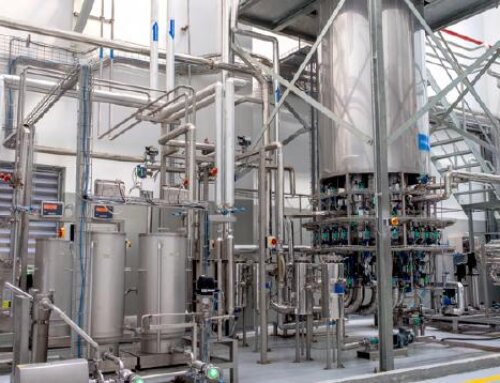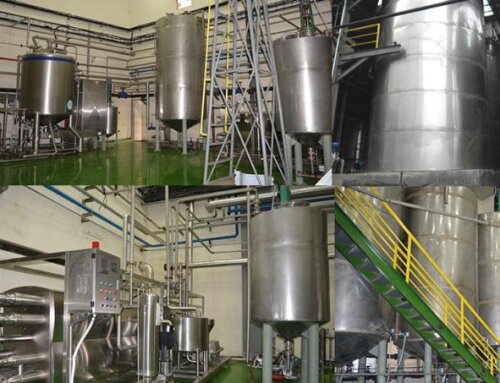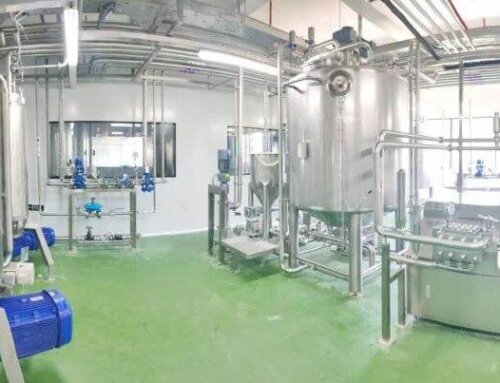Description Of Tamarind Processing Machine
1.Tamarind is a tropical and sub-tropical fruits origin from Africa and now it is naturalized in South Asia and southeast Asia, North and South America. The main growing and processing countries are India, Thailand, the Philippines, Mexico and some East Africa countries. And the tamarind pulp is rich in protein, fat, carbohydrates, mineral matters and vitamin, it is an ideal fruit to proceed into high value-added products.
2.The tamarind can be proceeded into pulp, concentrated paste, concentrated tamarind juice, sauce, syrup and powder. And the end products can be filled into aseptic bags, bottles, jars, metal cans or pouches.
3.The tamarind processing machines includes tamarind washing and soaking machine, tamarind seed removing machine, tamarind pulp preheater, tamarind pulp refining and finishing machine, tamarind paste or juice evaporator, sterilizer and filling machine, tamarind pulp enzyme tanks and decanter centrifuge(for tamarind juice processing), CIP system.
4.The material of all the tamarind processing equipment are made of food-grade SUS304 material, The CIP cleaning system can rinse and flush pipelines, material tanks and processing machine automatically after each shift production is finished.
5. As the tamarind paste and juice concentrate is high viscosity, we use a tubular forced circulation evaporator or scrape surface evaporator for concentration, and after concentration, the concentrated products will be feed into tube in tube sterilizer or scrape-surface sterilizer to do the heat treatment.
End Products Of Tamarind Processing Machine
Tamarind juice concentrated(TJC): The total soluble solids are 65-70 Brix, the tamarind concentrated juice can be filled into aseptic bags in drums and has a stable shelf life at room temperature, it can be diluted and used in various food preparations.
Tamarind pulp: The tamarind fruit pulp is used for the preparation for flavored RTS beverages and juice in South Asia. The RTS tamarind juice can also be carbonated in American countries. The pulp can be filled into aseptic bags or poly packs.
Tamarind sauce: The tamarind pulp after extracted, then blended with water, sugar, seasoning and other flavors, then after homogenizing, degassing and sterilizing, the end products can be filled into jars, tin cans or bottles.
Tamarind powder: The fresh tamarind will first be made into pulp, then the pulp will be dried and ground into a fine powder. Tamarind powder is often used as a souring agent or flavoring in culinary applications.

Tamarind Processing Machine Technological Flowchart
After the tamarind is harvested, the shells are removed by machine or manually, then loaded into the transfer basket and sent to the factory for further processing. The hulled tamarind is manually unloaded into the washing tank, after being cleaned and dusted, it is transported to the soaking tank by an elevator, the pulp is softened by soaking, and then the tamarind seeds are removed by a pulping machine. After that, the deseeded tamarind pulp is preheated at 80-90℃by the tube in tube preheater, then transferred to the refiner and finisher to obtain the refined pulp. The refined tamarind pulp can be homogenized, degassed and sterilized, then filled into aseptic bags. If you want to make the tamarind juice concentrated, then the refined pulp will be enzyme treatment and decanter centrifuge, the tamarind juice will be obtained, then use the forced circulation evaporator to concentrate the juice to 65 Brix, then use the tube in tube sterilizer, then filled into an aseptic bag in drums.

Tamarind Processing Machine Introduction
Tamarind washing and soaking machine
The tamarind can be washed with the air bubble washing machine to remove the dust on the surface of the tamarind, then use the elevator to transfer the clean tamarind to the soaking tank, tamarind is soaked for 3-4 hr at 55℃, water and tamarind ratio is 1:2 in the soaking tank, after soaking the tamarind pulp will get soften.
Tamarind deseeding and pulping machine
The soaked tamarind pulp is conveyed via a special pump then send for the pulping extraction process, there are two processes for extracting the pulp. The first process uses one de-stone machine to remove the seeds of the tamarind, the de-stone machine will get the tamarind into mash, through one 6mm diameter sieve screen to separate the tamarind seeds and pulp. Then the deseeded tamarind pulp will be preheated to 85-95℃ by one tube in tube preheater to increase the pulp yield rate and inactive bacterial activity. After heating, the pulp will be sent to refiner and finisher, in the refiner, there is rotating body, down to it there are two sieve screens of size 1.2mm and 0,6mm, So the particle which have lesser than 0.6mm in mixture is getting filtered through those sieves and the remaining waste (seed, fibre, skin) are separated automatically.

Tamarind juice extracting unit
The refined tamarind pulp still has high solid and viscosity, to separate solids in serum, we add the enzyme into the pulp, make the large solid particles and the juice layered to produce precipitation, then the decanter centrifuge is used to separate the solids in the juice, after separating, the solid phase≥0.05mm will be removed.
Tamarind pulp/juice evaporator
The tamarind juice or pulp can be evaporated by the forced circulation evaporator and scrape surface evaporator due to its high viscosity. In these evaporators, tamarind pulp or juice is heated at 80 ᵒC by steam and remove the water molecules and the output pulp and juice is concentrated at 30-34° Brix or 65-70 Brix, according to the required Brix range the pulp will be concentrated and then the pulp or juice is sent aseptic section for sterilization.
Tamarind pulp/juice sterilizer and filling machine
The concentrated tamarind pulp or juice can be sterilized by tube in tube sterilizer or scrape surface sterilizer. There are three processes for sterilizing the pulp or juice. Firstly use the heat medium(hot water or steam) to heat the material to 103℃ in holding tubes, the material will be held for 180S to destroy all the bacteria, and then cool down the material to 30 ℃ in cooling pipes for the filling station.
The concentrated pulp or juice will be filled into aseptic bags, and the tamarind sauce will be filled into bottles, pouches, or jars.




